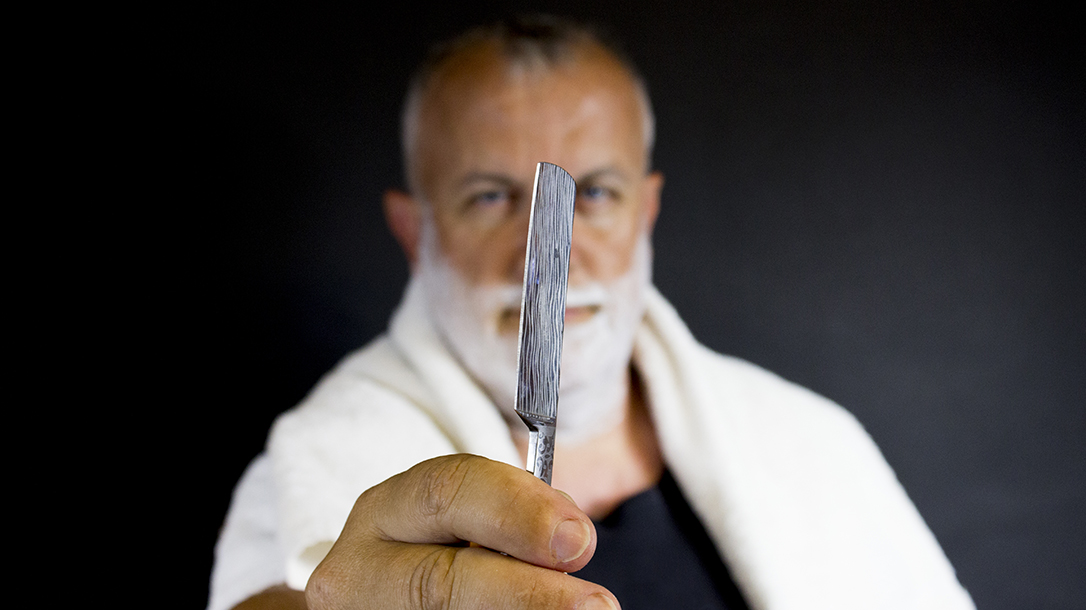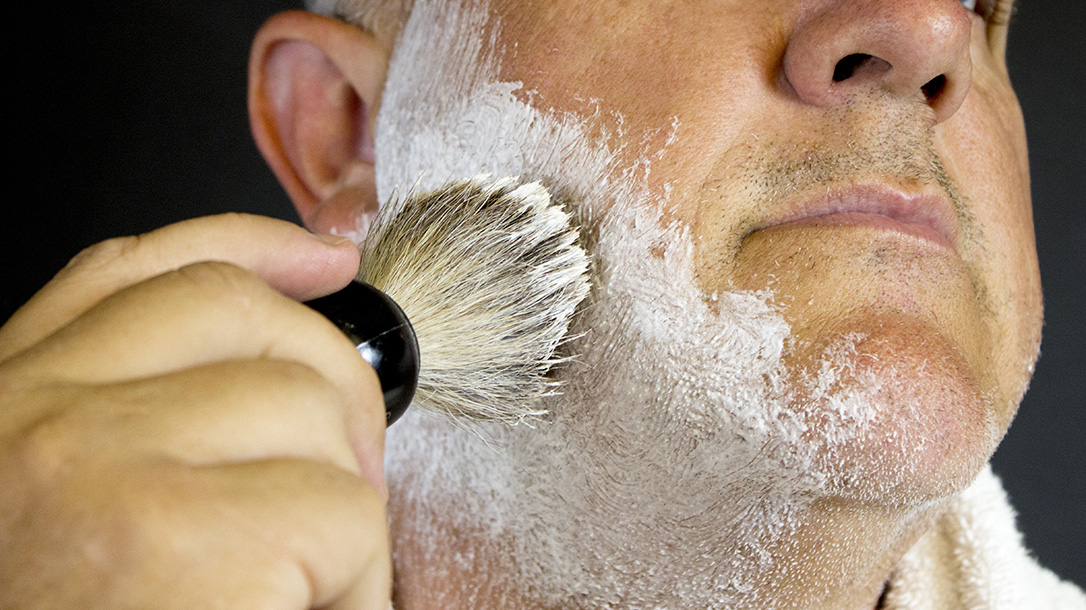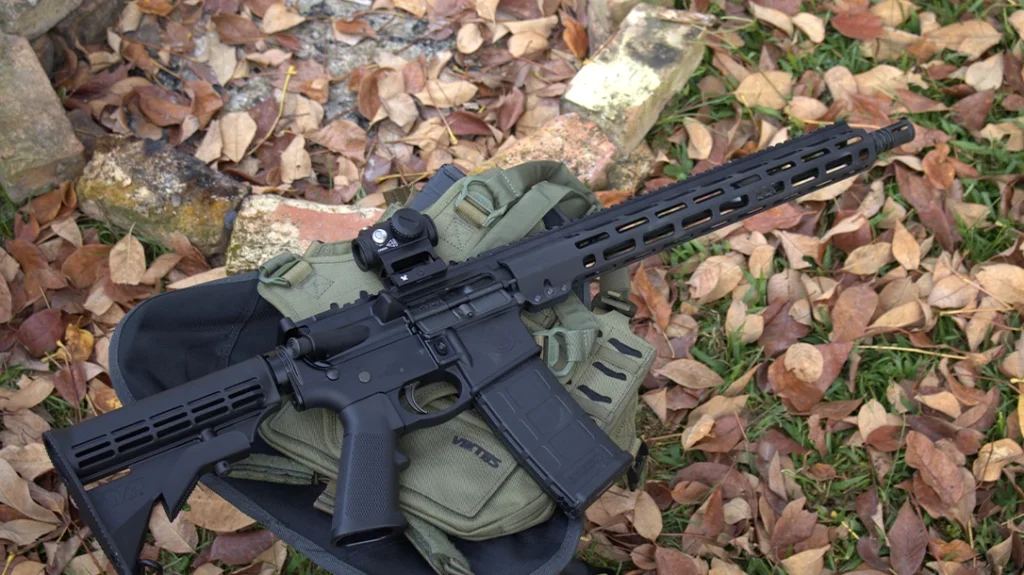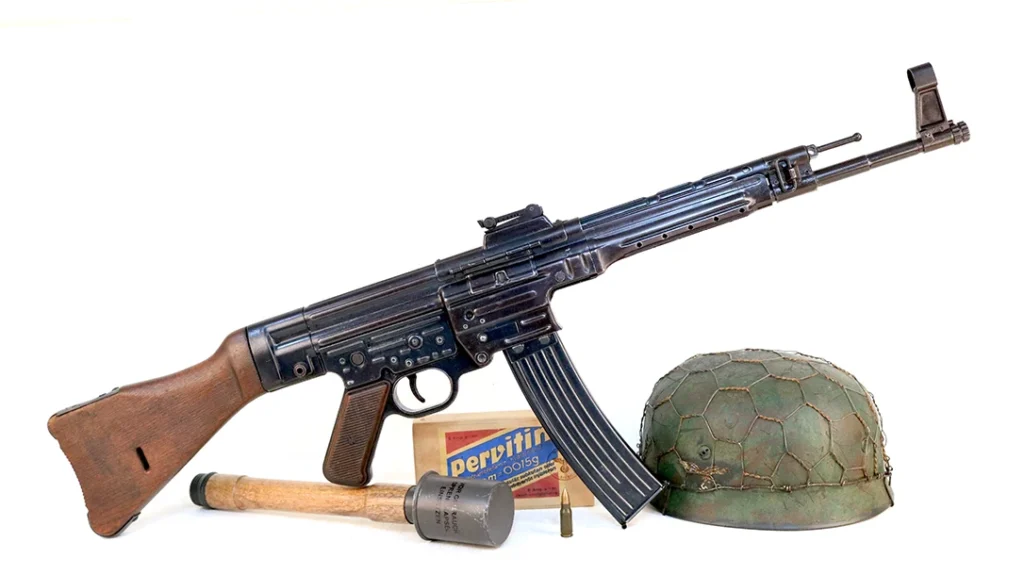The image of razor-sharp steel pressing against your neck is not one that most men find appealing. You might think of Sweeney Todd and other grizzly scenes when the topic comes up. Yet even with this potential for disaster, men around the country are seeking out this scenario more and more regularly. The goal of this potentially dangerous dance is a close and smooth shave. Straight razors still serve a purpose.
There is a phrase that rings true in this realm: Sometimes the old ways are the best ways. While the method and tools are centuries old, the modern world has embraced the straight razor as an elegant replacement for disposable razors. For those willing to take a little more time, a shave unequaled by the rapid strokes of safety razors is the reward.
Advertisement — Continue Reading Below
While there are several components required to do it right, the one item that stands out in the aficionado’s mind is the razor.
Steel Advice
Straight razors are more than just incredibly sharp pieces of steel. They have evolved into works of art. Some of the most accomplished razor-makers in the world produce blades that will literally last lifetimes and can easily become family heirlooms if maintained correctly.
You have many things to consider when buying your first razor. While the look and feel are important, you need to consider a few additional points. You may be tempted to find an inexpensive razor on a growing number of websites, but you will be well served to stick with a high-quality blade. Cost does, for the most part, dictate the quality of product because well-tempered steel just takes more time and money to produce.
Advertisement — Continue Reading Below
A well-tempered blade will make a distinct ting if you catch the point of the blade under your thumbnail and let it slip off quickly. A dull sound, or no sound, is a sign that the blade is more than likely not tempered well and will not hold the edge you need for a positive long-term shaving experience.
Most modern blades are hollow ground, which helps reduce weight while maintaining a blade’s sharpness. The grind of a blade simply refers to its shape. A hollow-ground blade has been shaped to create a characteristic beveled, concave cutting edge. More experienced straight-razor users may opt for this blade style, but it requires an experienced hand to get the most out of them.
While looks may drive part of your purchase, I encourage you to stay with a blade with a width of 0.6 inches. This style is simply easier to use and handle.
Advertisement — Continue Reading Below
Tools of the Trade
If you are going to join the legion of straight-razor users, there are a few additional tools you will need.
Hone
Because your new razor isn’t disposable, you will need to maintain its edge to get the best shave possible. The first tool we need for that is a hone, essentially a very fine sharpening stone. Unlike the coarse versions you may have for a pocketknife, these stones are very smooth and intended to create an incredibly delicate edge.
Strop
Second on the list is our strop, which is an easily recognized yet rarely understood piece of equipment. You may have seen barbers slapping a razor down on a length of leather and drawing it back and forth across the surface. These lengths of leather or, more commonly now, canvas are strops, and they come with loops or attachments to anchor them. After you hone your blade, it will be sharp but will also have some rough edges. Running the blade up and down the strop at an angle aligns those rough spots and finishes the edge. A quick note here: Do not cut corners and buy a cheap strop. It can ruin your shave and even your razor.
Advertisement — Continue Reading Below
Brush
Forget about simply rubbing foam on your face with your hands; using a brush serves several purposes. First and foremost, it creates a good lather. It thoroughly distributes that lather, getting under each whisker. A good shaving brush is made of either boar or badger hair. Yes, real boar and badger hair. Of the two, badger is what I recommend. Boar brushes generally cost a little less, but I find they hold less moisture and don’t lather as well. Badger retains moisture more effectively and in turn generates more lather. The bases of these brushes can be anything from bone to steel, making them as attractive as they are functional. Make sure to rinse and dry your brush after each use to prolong its lifespan.
Cream
We finally come to the end of our gear list, closing with perhaps the most important piece. You need to choose a quality cream or soap. There is no shortage of over-the-counter chemical concoctions that are flashed in front of us during Sunday afternoon football games. If you have come this far, do not cheat yourself by using junk. Superior products nourish your skin and will allow you to get even better shaves as time goes on. These products do cost more initially, but with a good brush, they actually last longer. In turn, they can be less expensive than the Average Joe creams you see in the grocery store.
Straight Razors: Worth the Wait
Now that we’ve strolled through the technical aspects of straight-razor culture, it’s time to get down to the nitty gritty. Shaving with a razor-sharp piece of steel is pretty damned manly. In the age of softer and easier, the act of straight-razor shaving is a tip of the hat to stronger times. To many, shaving is almost ritualistic and meditative. It’s not something that is done quickly unless you have a case of Band-Aids handy.
Advertisement — Continue Reading Below
Straight-razor shaving is by no means for everyone. If you are the guy that jumps out of bed five minutes before you need to be somewhere and guzzles an energy drink as you clock it, save yourself the trouble. On the other hand, if you are willing to spend the time and effort to master the art, then you will be rewarded with a shave as smooth as a super model’s bottom. Straight razors are for those who are willing to go the extra distance to get something exceptional.
This article is from the winter 2018 issue of Ballistic Magazine. For subscriptions or individual copies, please visit OutdoorGroupStore.com.


























